The struggling population of Mazama newts are finding a new home at the High Desert Museum in Bend and the Oregon Zoo in Portland due to their own climate becoming increasingly challenging.
The newts, which evolved at Crater Lake, have declined rapidly due to the explosion in numbers of invasive crayfish that have taken over the shoreline of the lake and depleted vital food sources for the newt.
“There's increasing concern about this species of newt that they're maybe facing extinction because of invasive crawfish," said Jon Nelson, curator of wildlife at the High Desert Museum. "That kind of put a little bit of an impetus on this idea of maybe pursuing some conservation actions.”

What is the Mazama newt?
The Mazama newt is a subspecies of the more common rough-skinned newt. While the rough-skinned newt has a potent neurotoxin to deter predators, the Mazama newt, adapted at the top of the lake’s food chain, lacks the defensive mechanism.
With no way to defend itself from predators, the Mazama newt is vulnerable to the invasive species in the lake, such as the crayfish and the fish, making them an easy target.
The crayfish have also taken over the shoreline of the lake and the food that the newt depends on.
Legal status of the Mazama newt
The newts have been proposed for protection under the federal Endangered Species Act since 2023. The petition calls on the U.S. Fish and Wildlife Service to protect the newt. It would allow for more funding to go toward crayfish removal and a recovery plan for the newt.
A 12-month review by the U.S. Fish and Wildlife Service is needed to inform whether the newt being listed under ESA protections is warranted, not warranted or warranted but precluded. There is no update on the listing of the Mazama newt and the findings are past deadline.
The Center for Biological Diversity sued the Trump administration for delaying ESA protections on July 3.
To preserve the species while scientists continue to study and tackle the crayfish problem, Mazama newts are getting care at the High Desert Museum and the Oregon Zoo.
The newts and their care team
In September, the Oregon Zoo will welcome the Mazama newts to their conservation lab.
The Oregon Zoo's first priority is to focus on their care. Once the newts are established, zoo officials hope they will breed and they'll eventually release them back into Crater Lake's waters.
“More information is needed on the newt’s life cycle and the invasive crayfish population at Crater Lake,” said Shervin Hess, conservation manager at the Oregon Zoo. “But we do hope to release Mazama newts back into the wild eventually.”
In August 2024, the High Desert Museum in Bend took in 20 Mazama newts — marking the newts' first time outside of the crater walls. The first phase of caring for the newts in captivity was determining if they could survive outside Crater Lake and eat commercially available foods.
The museum has been developing captive care protocols for the newt and exploring the best methods for caring for them outside their native habitat.
“There's so many unknowns about the animal,” Nelson said.
While in their care, the museum feeds them crickets, mealworms and dusts the newt with vitamin C — a common care practice for amphibians in captivity.
“We're watching these newts to see how they respond to that diet,” Nelson said. “Does it affect their growth rate? Are there any adverse effects from being transitioned to a diet in a captive setting versus what they would eat in the wild?”
Out of the 20 newts that arrived, 17 are still alive. The museum lost some newts to latent infections, which are undergoing necropsies at the Washington Animal Disease Diagnostic Laboratory.
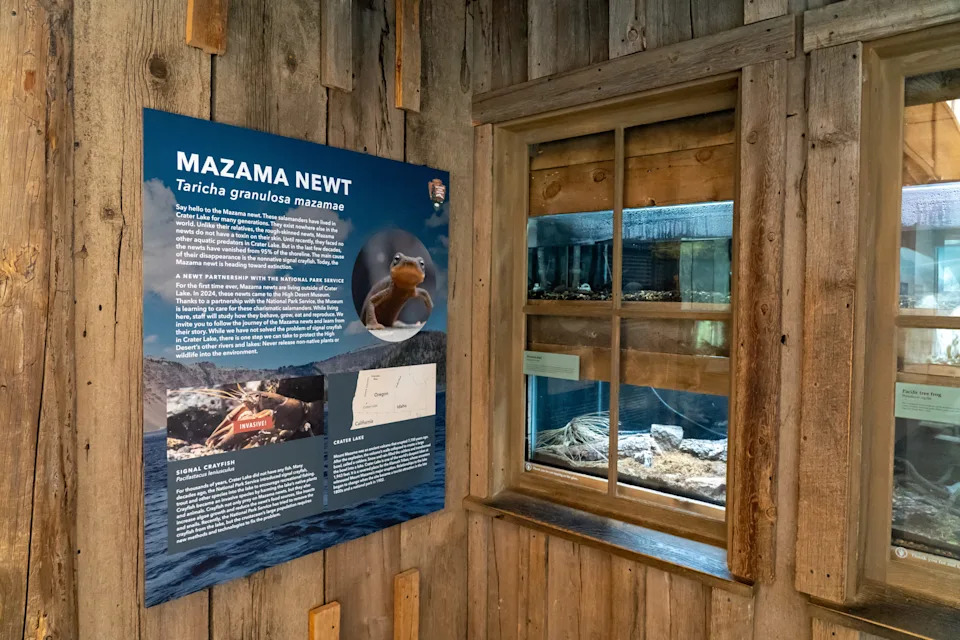
For the other 17, the High Desert Museum will continue to keep them in care for the rest of their life cycle.
For visitors who want to see the newts, five are on display at the museum, accompanied by a graphic explaining the threats the newts face.
“If they're anything like rough-skinned newts outside of the park, they're capable of living for quite a while,” Nelson said.
The crayfish problem
The signal crayfish were introduced in 1915 as a food source for the non-native fish that had been introduced years prior in the late 1800s for recreational purposes.
The crayfish population has rapidly exploded within Crater Lake, preying on the newt, competing for food sources and undermining its chances for survival.
Climate change has led to warmer waters within the lake, which allows for more crayfish to survive and spread around the surface. Rangers at the national park have attempted to remove the crayfish from the water, but the crayfish have proven persistent.
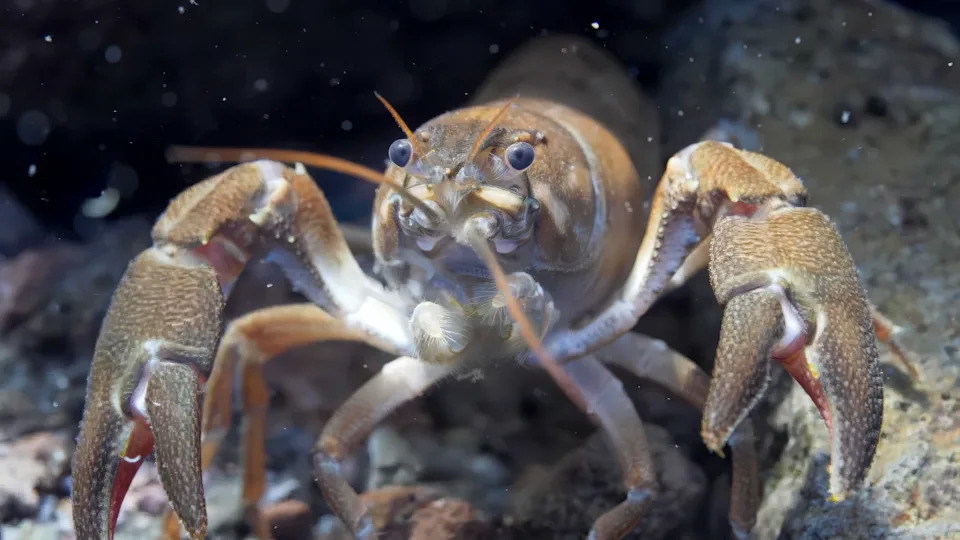
The crayfish have taken over 95% of the lake's shoreline, leaving 5% available for the newt, according to the Center for Biological Diversity.
The crayfish also have the ability to threaten the visibility of the nation's deepest lake. Because the crayfish eats the native plankton-consuming invertebrates, this contributes to more algae growth on the rocky shoreline. However, the National Park Service website says it is unknown whether these changes affect the water clarity that makes Crater Lake so blue.
“If the recovery plan is successful, not only will the newt population be restored, but Crater Lake’s imperiled ecosystem will be rejuvenated too,” Hess said.
Mariah Johnston is an outdoors journalism intern at the Statesman Journal. Reach her at [email protected].
This article originally appeared on Salem Statesman Journal: Crater Lake Mazama newts moved to Oregon Zoo, High Desert Museum
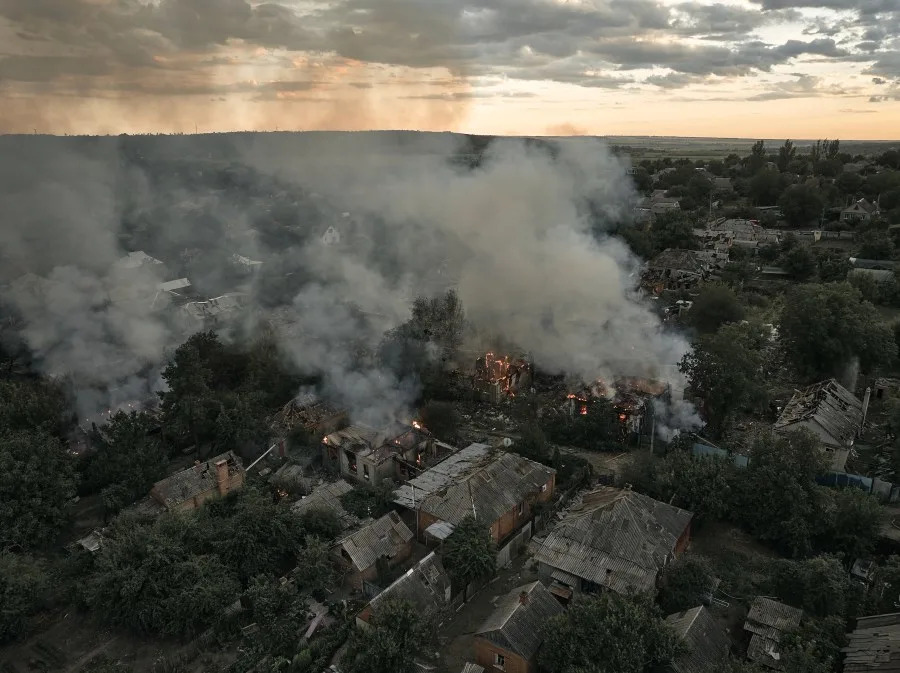

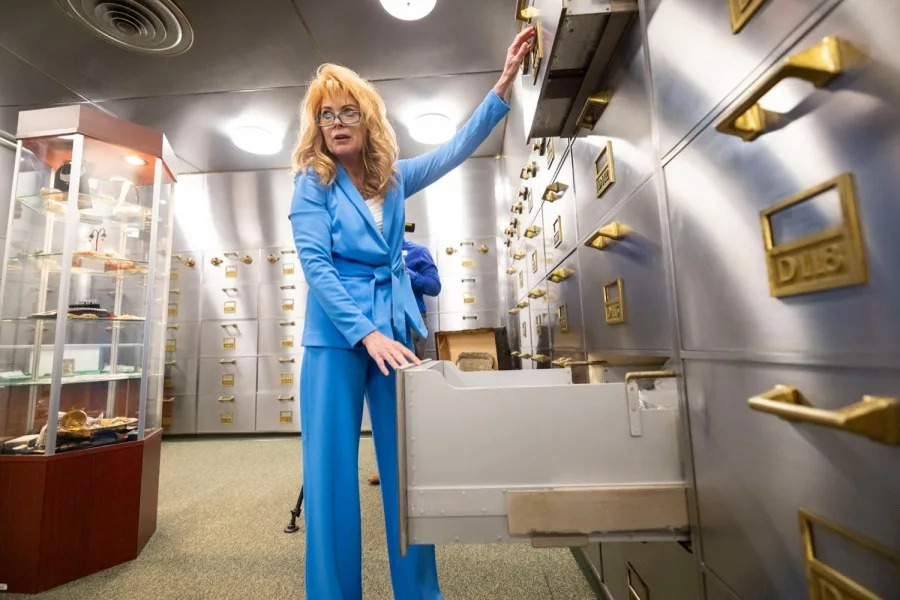
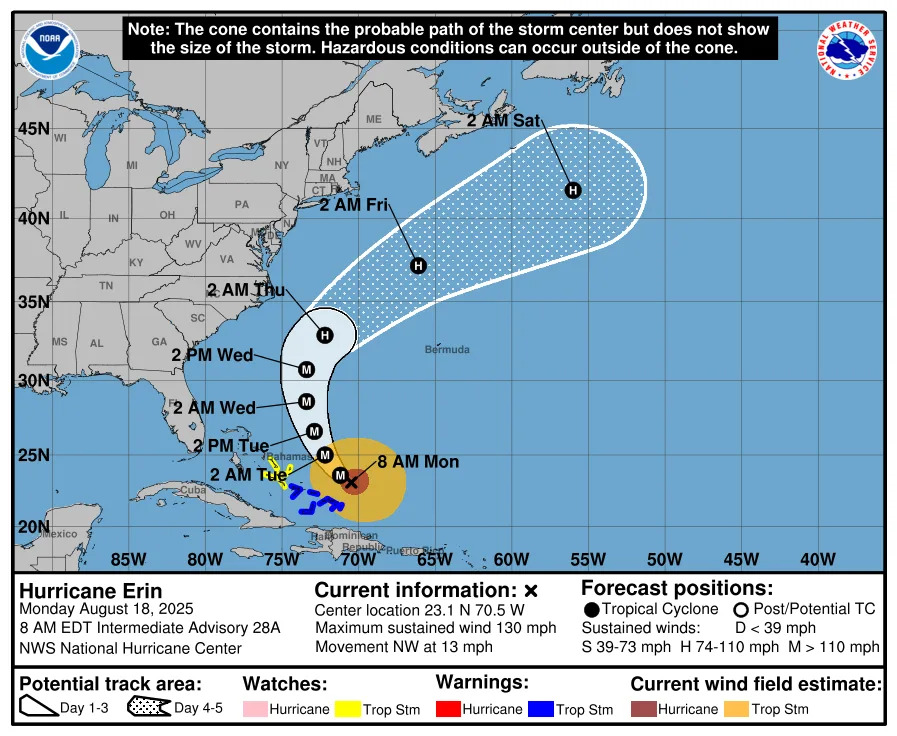




Comments